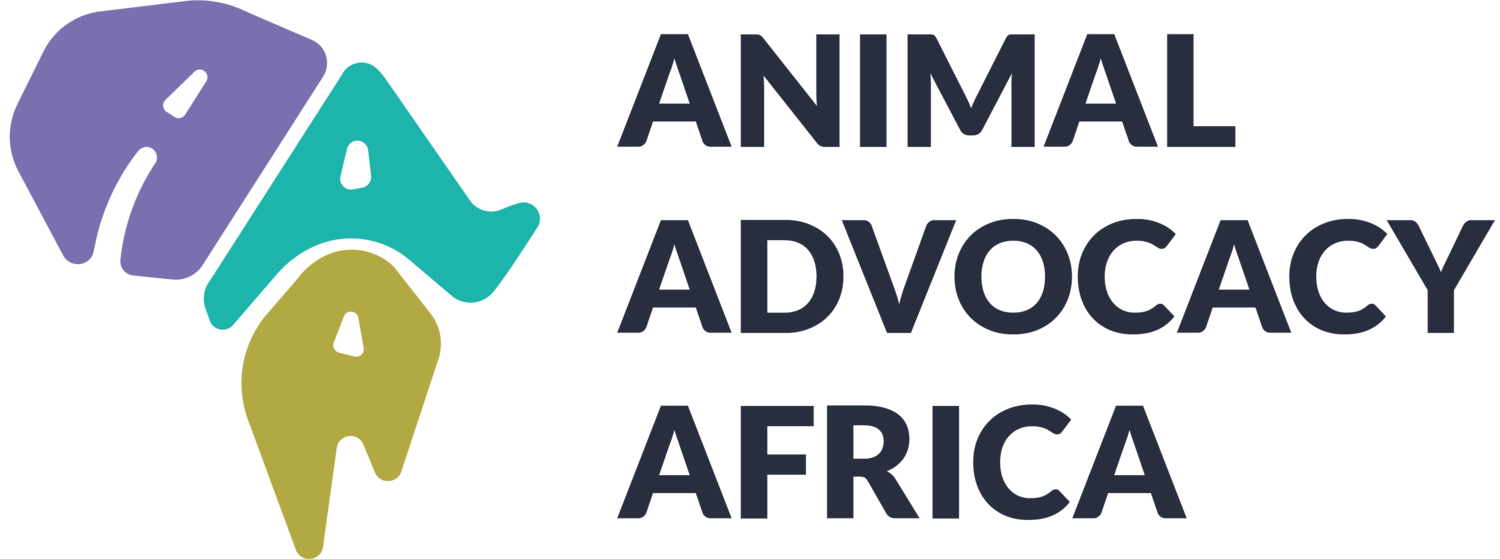The echoes of advocacy that fight to keep Africa’s donkeys alive
By Guest Author - Catherine J. Chumo
Thanks to Nikki Botha for their editing contributions.
It is the donkey’s eyes that draw you in. From the large, soulful gaze to the gentle curve of long eyelashes; from the natural dark, smoky shade of black on the eyelid to the corner of the eye – it all draws you closer to the gentle, fascinating creature. I ponder sometimes if it is the donkey’s stunning natural look that we emulate when we work steadily to achieve a smokey eye look.
Donkeys are quite remarkable in their form and strength. The beautiful, delicate and peculiar form contrasts greatly with their strength and capacity to endure tough situations. The twitch of the muscles under their taut brown or grey bodies reminds me of their striped cousins in the African wilderness as they brush flies off with their tails. Unlike the zebra though, the donkey faces a different fate that is connected to their identity from birth.
In some cities, donkeys navigate traffic, hard at work carrying tons of water containers. They look forward and focused - doing as they are instructed. Seemingly unfazed, they do not seem to care about the loud blaring horns of matatus (a name for public service vehicles in Kenya) or loud trucks sputtering smoke as they whip in and out of the line of vehicles. Donkeys have been documented to show limited fear response to what happens around them and in new situations. Despite the hard work, some donkeys are well taken care of. Due to widespread awareness, many donkey owners use padding such as small pieces of mattresses or blankets to avoid direct injuries to the donkey when ferrying goods.
Donkeys are part of the fabric of Kenyan society in peri-urban and rural areas. Their hardiness is valued as they are able to walk for miles with containers on their backs. They easily traverse the dry soil, native foliage and rocky paths in the hot sun in Kenya. In arid and semi-arid areas, donkeys play a crucial role as communities need to walk for long distances to access water. Lamu is renowned as the town of donkeys as they are seen ferrying goods and people from one end of the island to another. Donkeys are essential for financial survival and are part of households across the country.
It is deeply unsettling therefore that 159 631 donkeys were slaughtered in 2018, according to the former Chief Executive Officer of The Brooke East Africa, Eng. Fred Ochieng. Approximately 160 000 skins were exported every year for three years as the donkey skin business flourished. Kenyan courts halted the trade in February 2020. Spiking incidents of theft and cross border smuggling of donkeys had raised alarm and fostered insecurity in donkey households. Many donkey-owning communities were reportedly tying donkeys to their beds in their homes to protect their livelihoods. The level of abuse and cruelty of this all-important animal was at its peak. The donkey was and is still being reported to face the threat of extinction.
The donkey skin trade started to gain a foothold when governments issued licences to donkey slaughterhouses in 2016. The skins were exported to meet the high demand in China following increased wealth as they are used to make ejiao – a traditional Chinese medicine produced for skin health and other purposes. The lucrative business caused strife in cross-border towns where donkeys were and are still being smuggled through the porous borders of Tanzania and Ethiopia, among others.
According to Program Director and Acting Executive Director of Africa Network for Animal Welfare (ANAW), Josiah Ojwang, since the first abattoir started operations in 2016 and up to 2019, donkey population numbers plummeted by about 800 000. This was reported in the news feature, The Burden and The Beast, produced on NTV Kenya.
With strong support from the governments and communities, strides are being made to support donkey advocacy in Africa. The Cabinet Secretary for Agriculture, Hon. Peter Munya, imposed a ban on commercial slaughter of donkeys and revoked the licences for four donkey abattoirs in Kenya on February 4th, 2020. The ban was lifted after four months following appeals from the slaughterhouses citing that the ban as unlawful.
In Nigeria, Hon. Garba Datti Muhammad, a member representing the Sabon Gari Constituency of Kaduna State, sponsored a bill put forth by the House of Representatives to regulate the trade in 2018. The bill imposed a 10-year prison sentence for “the killing of donkeys in Nigeria and the exportation of donkeys or their carcasses or derivatives out of Nigeria.”
Currently, there are divided opinions on whether a legal donkey skin trade needs to be established. Efforts are strong on both sides, but organisations continue to advocate for the promotion of donkey welfare. International and local organisations that continue the fight include Africa Network for Animal Welfare (ANAW), Donkeys for Africa, Farming Systems Kenya, Donkey Sanctuary, Kenya Network for Dissemination of Agricultural Technologies (KENDAT), The Society for the Protection of Animals Abroad (SPANA), The Brooke, Welttierschutzgesellschaft (WTG), Tunza Punda and World Horse Welfare – to name a few. Africa Network for Animal Welfare (ANAW) has worked steadily to protect donkeys. The organisation has partnered with WTG and Brooke East Africa for cross-border work. Brooke EA supports its work on the Kenya-Tanzania border while WTG supports the work on the Kenya-Ethiopia border.
The organisations need support to ensure that the species are protected in order to prevent the continent from plunging further into poverty. The animals help bring in income to thousands of families in Africa. Lobbying and awareness go hand in hand with advocacy to ensure that the beast of burden is cared for and protected.

